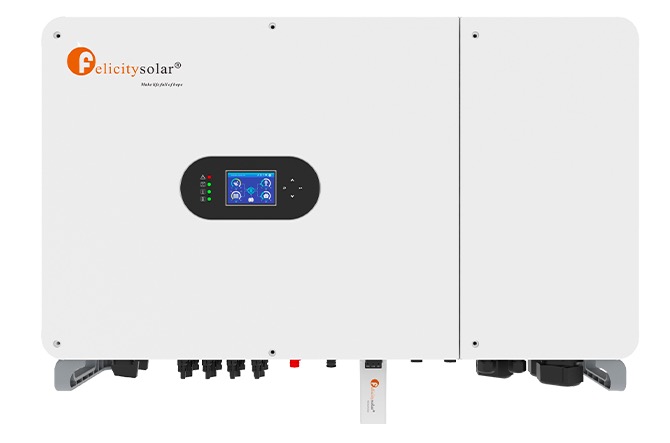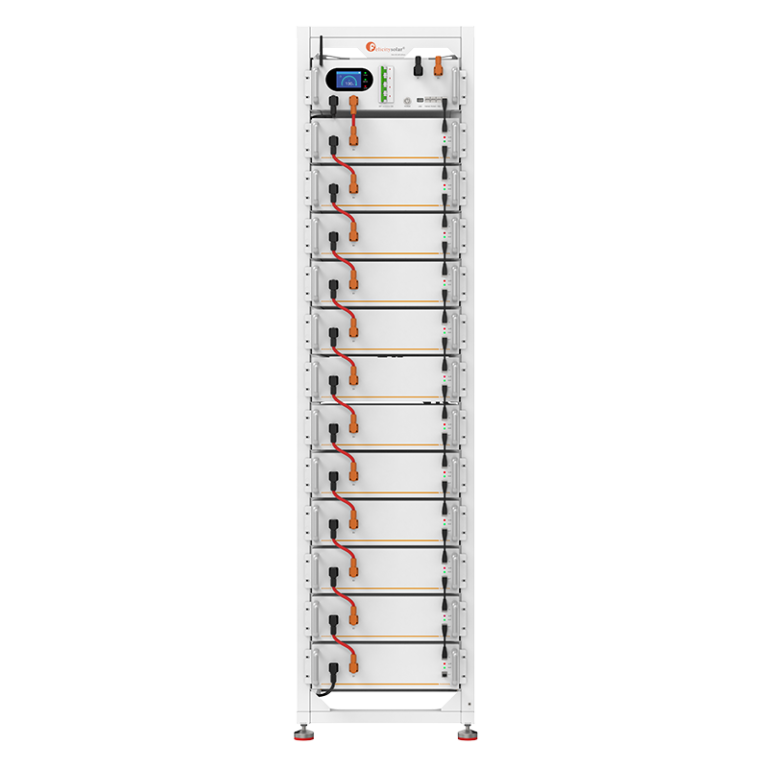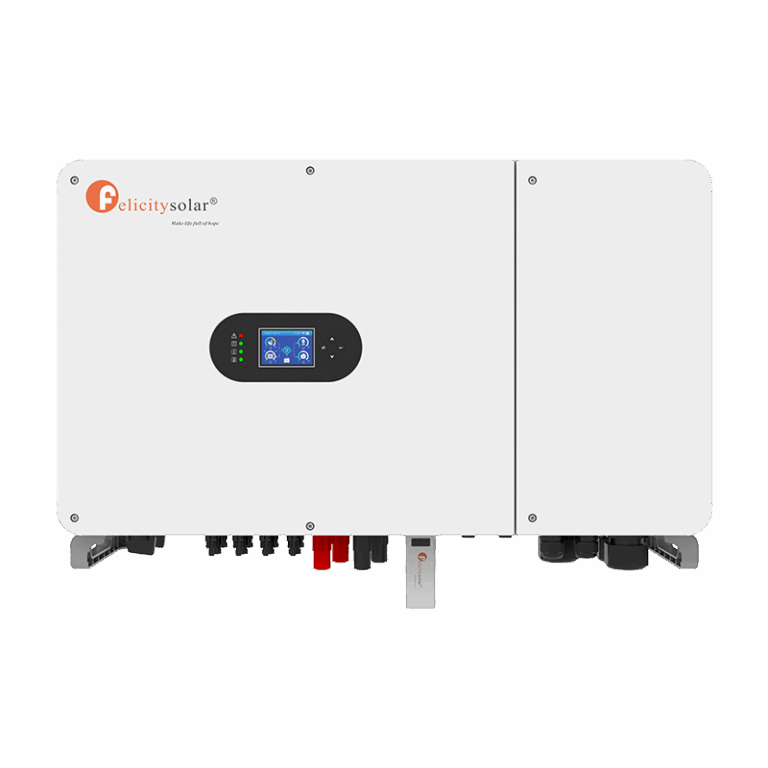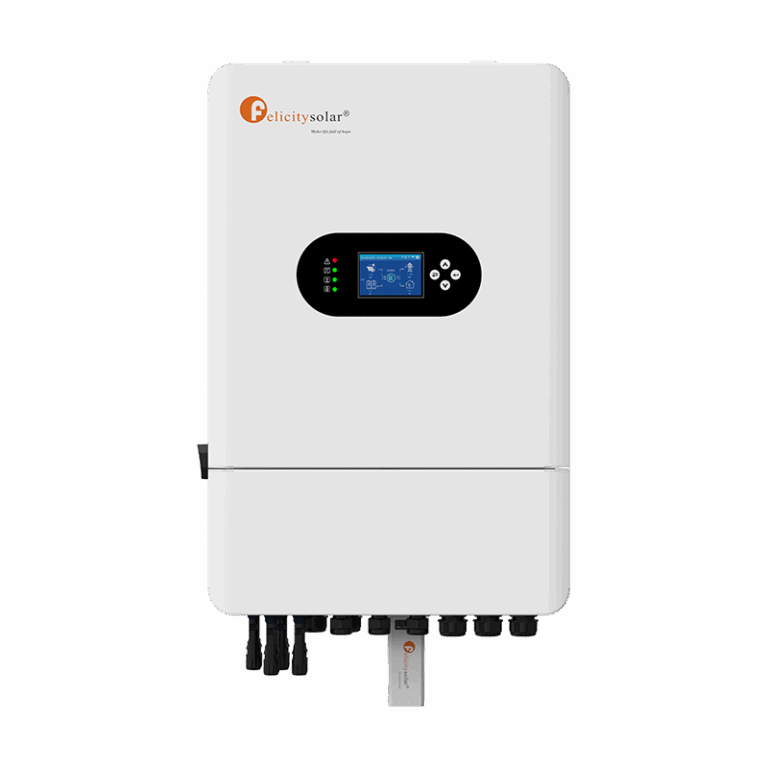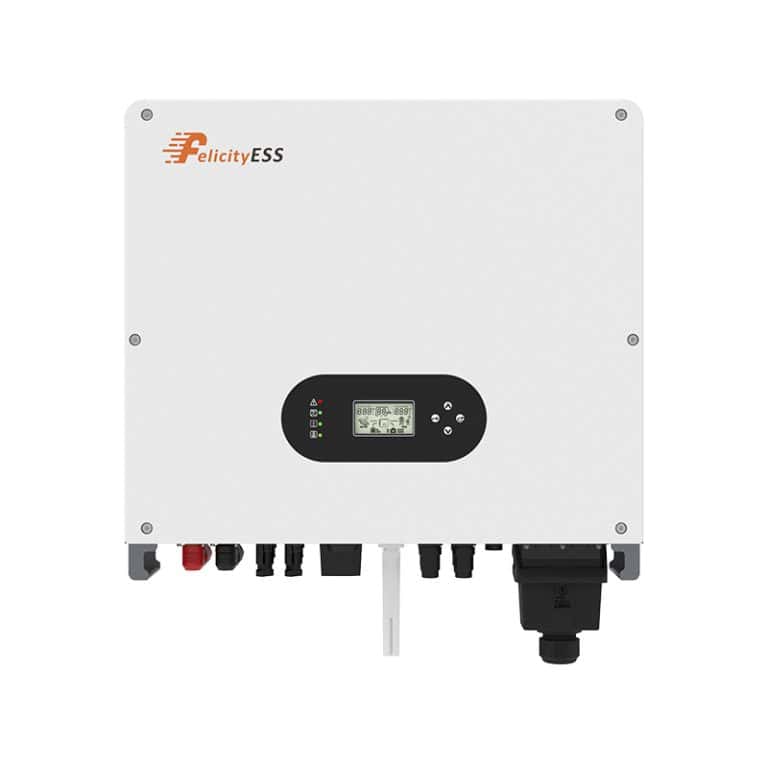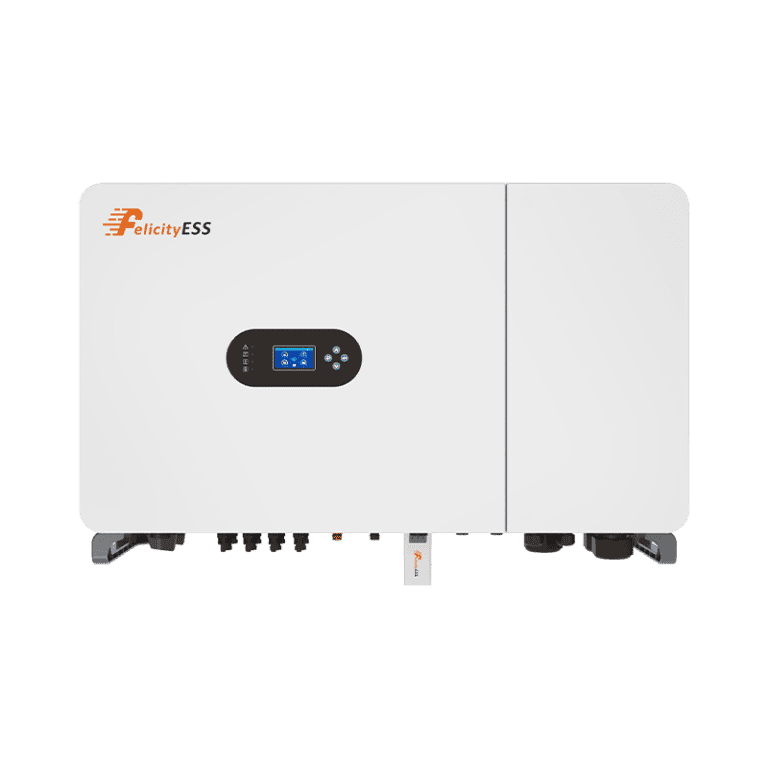As residential and commercial solar installations continue to rise in 2025, choosing the right inverter configuration has become more important than ever. For consumers planning to install solar energy systems with battery storage, understanding the difference between a 3 phase hybrid inverter and a single phase system is critical.
While both types of inverters serve to convert and manage the energy flow between solar panels, batteries, and the grid, their capabilities, efficiency, and compatibility differ significantly. This article provides a detailed comparison based on electrical performance, installation feasibility, energy throughput, and long-term system flexibility.
Electrical Architecture of 3 Phase Hybrid Inverter
Electricity is delivered to homes and businesses in either single phase or three phase formats. In most residential buildings, especially in North America and parts of Asia, single phase power—typically 230V or 120V—is the default. In contrast, larger buildings, farms, and many European homes receive 3 phase power (400V), which allows for more stable, balanced current distribution.
This distinction directly affects which type of hybrid inverter can be used efficiently. A 3 phase hybrid inverter is engineered to work with 3 phase power supply, splitting the energy load across three alternating currents that are offset by 120 degrees. Single phase inverters handle only one line and are simpler but limited in output and efficiency under heavy load.
Power Output and Load Capacity
When comparing the power-handling capabilities of these two inverter types, the contrast is quite clear:
- Single phase hybrid invertersare typically rated between 3 kW and 8 kW. They’re suitable for small- to mid-sized homes with modest energy needs and fewer heavy appliances.
- In contrast, a 3 phase hybrid invertercan support 10 kW, 15 kW, or even 30 kW and beyond, making them better suited for large homes, buildings with electric vehicle (EV) chargers, or sites with industrial-grade equipment.
A single phase inverter powering a high-load application may struggle with voltage drops and thermal stress, whereas a 3 phase hybrid inverter distributes the load evenly, minimizing strain on individual components and increasing lifespan.
System Efficiency and Electrical Balance
One of the often-overlooked benefits of a 3 phase hybrid inverter is improved electrical efficiency.
- Lower energy loss: With current flowing through three lines instead of one, 3 phase systems reduce resistance-related losses in long cable runs. According to energy engineering benchmarks, this can improve system efficiency by up to 1.8%, especially in systems over 10 kW.
- Better load symmetry: Appliances connected across different phases draw power more evenly, leading to reduced harmonic distortion and improved inverter performance. This is especially relevant for homes integrating heat pumps, EV chargers, and smart appliances.
- Higher solar yield potential: In a solar-plus-storage setup, a 3 phase hybrid invertercan manage multiple Maximum Power Point Trackers (MPPTs), allowing better optimization when solar panels are installed across different roof angles or orientations.
Installation Complexity and Cost Considerations
While performance advantages are evident, a 3 phase hybrid inverter does come with added complexity:
- Infrastructure dependency: If your home is wired for single phase power, upgrading to 3 phase may involve additional utility approval and rewiring costs. This can add $1,000–$3,000 to your installation budget, depending on local regulations and site conditions.
- Higher upfront cost: On average, 3 phase hybrid inverters cost 15% to 30% more than comparable single phase models. However, for larger systems, this upfront investment is often offset by long-term energy savings and enhanced reliability
- Installer expertise required: Three phase systems demand more accurate load balancing during configuration, so professional design and installation are essential to avoid phase imbalance issues.
Smart Grid Compatibility and Energy Independence
As global energy infrastructure evolves, modern inverters are expected to do more than just convert electricity. They must also communicate with the grid, manage energy flows dynamically, and support backup modes in case of outages.
Both inverter types support hybrid functionality—managing grid input, solar generation, and battery storage. However, 3 phase hybrid inverters are generally more advanced in terms of:
- Supporting bi-directional energy flows across all three phases, which is crucial for feeding excess energy back into the grid efficiently.
- Integrating with emerging V2G (vehicle-to-grid) systems, allowing EV batteries to be part of the home energy network.
- Meeting compliance standards for high-frequency grid regulation in Europe, where 3 phase interaction is mandatory in many regions.
Which One Should You Choose?
Here’s how to decide:
- If your home uses less than 8 kW daily and your appliances are mostly single phase, a single phase hybrid inverteris likely sufficient.
- If your property already has 3 phase wiring, or if you’re planning a system above 10 kW with multiple heavy loads (such as pool pumps, EV chargers, or underfloor electric heating), a 3 phase hybrid inverteroffers better scalability and performance.
- Think long-term: if your energy usage is expected to increase in the next 3–5 years, opting for a 3 phase hybrid inverternow may save you from needing to replace the entire system later.
Which Inverter Is Right for Your Use Case?
Here’s how the two options stack up side-by-side:
| Feature | Single Phase Hybrid Inverter | 3 Phase Hybrid Inverter |
| Voltage Support | 120–230V | 400V (3-phase) |
| Max Load Capacity | ~8 kW | Up to 30 kW or more |
| Ideal For | Small to mid-sized homes | Large homes, farms, businesses |
| Energy Efficiency | Good | Excellent (especially under large loads) |
| Grid Feedback Support | Basic | Advanced |
| Cost | Lower | Higher upfront, better long-term ROI |
Conclusion
The choice between a 3 phase hybrid inverter and a single phase one depends on your current electrical infrastructure, energy consumption patterns, and future expansion plans. While single phase systems are easier and more affordable to install, 3 phase inverters deliver superior efficiency, better load distribution, and future-ready functionality.
With energy costs rising and home electrification accelerating, investing in the right inverter from the start is no longer optional—it’s essential for maximizing the return on your solar and storage investment.



